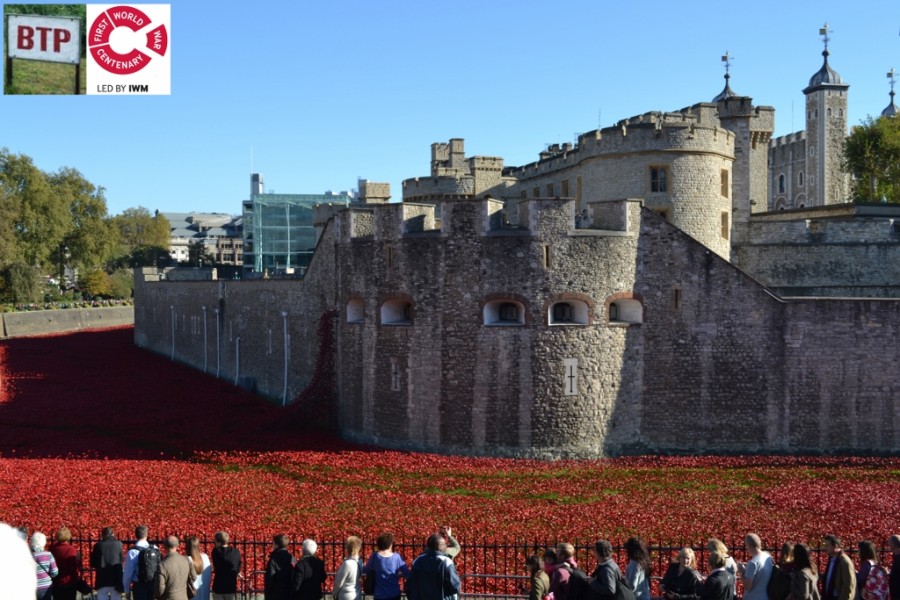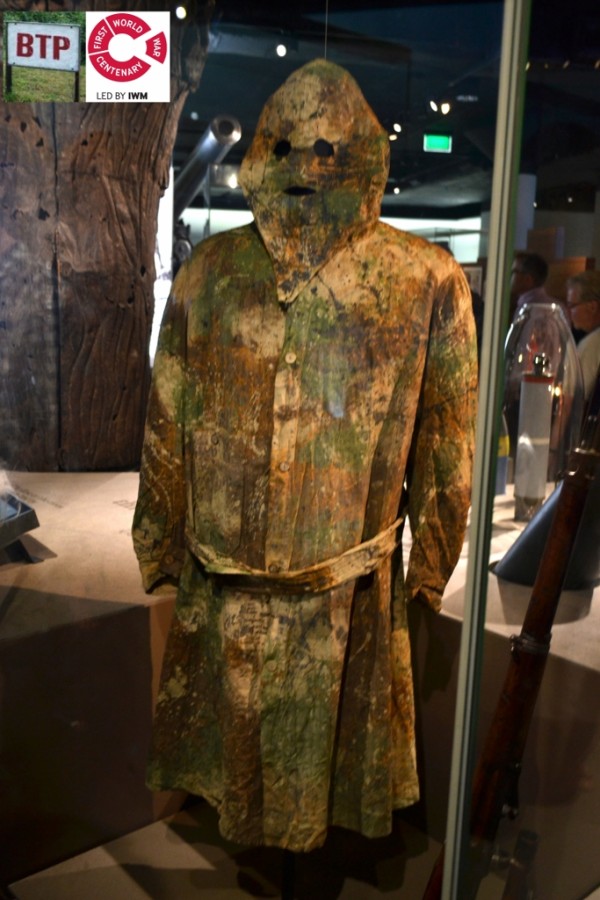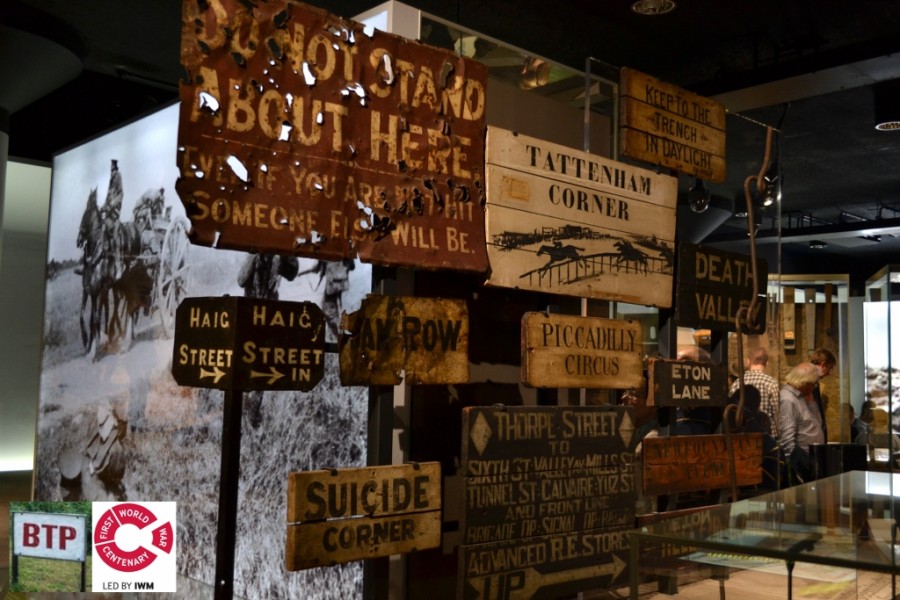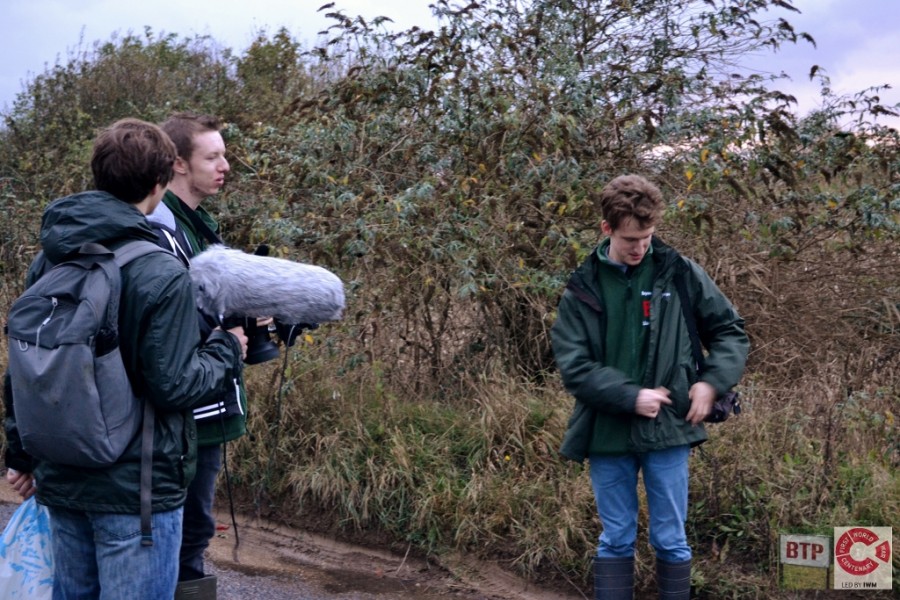This article was written in January this year as an overview of Beyond the Point’s coverage of the First World War for the Imperial War Museum’s Centenary Partnership which we are proud to be a part of. In light of remembrance 2015, its now here on Beyond the Point. This is just a starting point for discovering WW1 heritage in the area.
Our article at the end of the centenary in 2018 here has links to many more places we have covered.
I shall begin by introducing our organisation. BeyondthePoint.co.uk is Essex-based and was established by myself (Liam Heatherson) and my friend Joe Mander, in 2011 when we were fourteen years old. Like this site, we created it using WordPress (originally as a blog). We were awarded Best National Community Archive, Website, and Heritage Group of 2012. We use our site to share and document our fascination with local history, offering an innovative approach to the subject by focusing on what is usually glossed over by historians; primarily what remains of our heritage today. The ‘hands-on’ nature of exploring local heritage in our opinion is a good way to fascinate a younger audience. Also, we use professional-quality video equipment to produce documentaries on the places we visit found on the site.
We were encouraged to join the Centenary Partnership by the Bay Museum who is also a partner, whom we know very well. Like ourselves, they believe seeing and investigating remains of the Great War is the most effective way to really capture people, like history did to myself many years ago.
Tower Hill Memorial, Tower of London with poppy memorials, & Trench signposts & sniper camoflague in IWM London
Beyond the Point has been running a series of articles on relating to the First World War, and we have many planned for the future. We began our investigation by having a look at the remembrance of the sacrifice paid. Joe and I took a trip to London and visited the poppies at the Tower of London, and also the Tower Hill Memorial for those who lost their lives in both world wars in the Merchant Navy and fishing fleets. You can read about our visit and our partnership with the IWM here: http://wp.me/P1HP6Z-1if Next we paid a visit to the Imperial War Museum London itself as it was only fitting. We visited the First World War exhibition there. Read more here: http://wp.me/P1HP6Z-1mb
Having paid respects to the more obvious commemoration of the Great War, we then set out to provide our own contributions. As we usually explore and document historic remains, we took a trip to Rainham Marshes RSPB Reserve which held the ruins of the Ministry of Defence site that was there as far back as the 1700s up until recent. It served most notably as a firing range during the First World War. Joe and I took two friends with us and they were definitely fascinated like ourselves. We tracked down the ruins of an anti-submarine blockhouse, which shot down a zeppelin in March 1916, explored the impressive remains of the 1915 firing range, and ventured inside a gloomy anti-aircraft ammunition magasine; one of the original eight. We provided a downloadable trail guide on our website to enable viewers to discover the remains for themselves. You can read the whole detailed investigation and see all our photographs here.
Rainham Marshes – 1915 firing range butts & shed, anti-submarine blockhouse exterior & interior, ourselves filming in 2015
This is only the one of our investigations into remains of the First World War on the home front and we plan several more for the future. BTP created a 5-minute short documentary on Southend in The First World War based on the book ‘Southend at War’ by Dee Gordon. It visits sites that were bombed, or used in the war effort. Read the article here.
We will be visiting the site of a First World War Kynoch munitions factory that is currently thought to be gone without trace by historians, to conduct an archaeological search, after we found signs of ruins corresponding to the original plans via Google Earth. We visited a similar site, now a nature reserve, in Pitsea, several years ago (Wat Tyler Country Park) which made much of the .303 ammunition for the standard-issue Lee-Enfield rifles used by troops in the Great War. This is somewhat antiquated content on our site which is not representative of the quality of our articles at present, although you can read about this here. We also visited a munitions factory from the same era in 2013 at Cliffe, whose ruins span miles of Thames-side marshland in Kent to this day. Finally, again in 2013, we visited Stow Maries Aerodrome which was abandoned up until recent years in which a restoration project has taken place. They fly contemporary aircraft from the site, and hold a collection of restored and left-natural buildings from the time of the First World War – see this here.
Wat Tyler Country Park, Pitsea – Wrecked lighterboat for ammo shipment, munitions shed, nitroglycerin pipe tunnel. Ruins at Curtis & Harvey’s Explosives factory, Cliffe, Kent, and Officers’ Mess at Stow Maries Aerodrome, Essex.
Thanks very much for reading and thanks very much to the Imperial War Museum for the First World War Centenary Project which we are grateful to be part of.

















